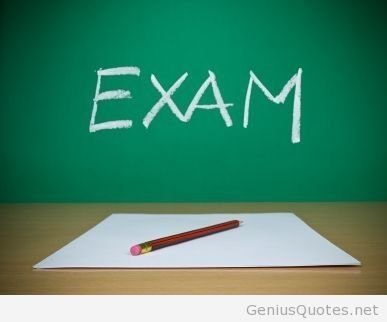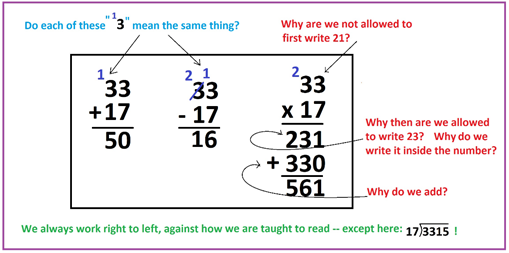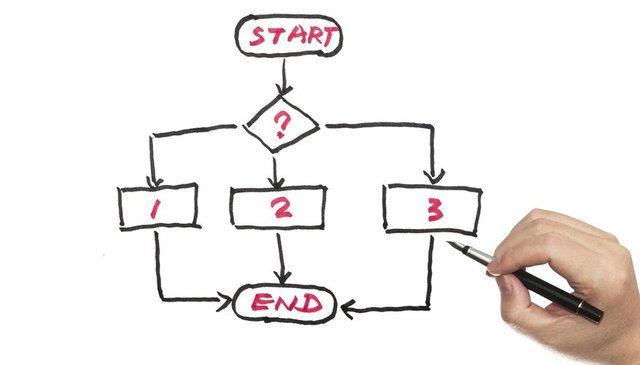Setting up a mathematics question paper
Setting up a question paper:

When setting up a question paper, we have to remember to set it up so that each learner writing the test, will be able to get a minimum mark of 40% just by answering knowledge and routine procedure questions.
In mathematics, when setting up a question paper we have to consider the following:
We cannot just set up a question paper with all of the questions stating that learners have to calculate sums or circle the correct answer.
In grade 7 we do 5 different content areas:
- Numbers and Operations
- Functions and Relationships and Algebra
- Space and shape
- Measurement
- Data handling
Each of these content areas must be covered throughout the year and at the end of the year the question paper must consist of all 5 content areas.
For the mid-year exam we have to do the same, but this is difficult, as we don’t do data handling during the 2nd term.
For each of these content areas, a certain percentage must be asked in the question paper.
- Numbers and Operations – 30%
- Functions and Relationships and Algebra – 25%
- Space and shape- 25%
- Measurement – 10%
- Data handling- 10%
We divide the time spent on each of these content areas, to get the weight for the question paper. If it is a lot of work, it will counts more in the question paper, if it is less work, it will be covered less in the question paper.
We also have to cover all cognitive levels for mathematics.
This is for your learners who struggles, to give them the opportunity to get marks for the question paper.
The 4 cognitive levels for mathematics are:
1. Knowledge:
- Where learners can just recall what they already know.
- Where they can identify the correct formulas, and where they use mathematical facts.
- Knowledge must be about 25 % of the question paper.
2. Routine Procedure:
- Where learners can calculate sums using well-known procedures.
- Identifying and using correct formulas for mathematical sums.
- Routine procedure must be about 45 % of the question paper.
3. Complex procedure:
- Complex procedure is complex calculations, which will be a bit difficult, even for your stronger learners.
- There’s no clear path to the correct answer.
- Complex procedure must be about 20% of the question paper.
4. Problem solving:
- Problem solving are like the word problems, or the word sums, these sums are not really difficult but learners must know which method to use to calculate the answers.
- Problem solving must be about 10% of the question paper.





You got a 3.30% upvote from @postpromoter courtesy of @apteacher!
Want to promote your posts too? Check out the Steem Bot Tracker website for more info. If you would like to support the development of @postpromoter and the bot tracker please vote for @yabapmatt for witness!